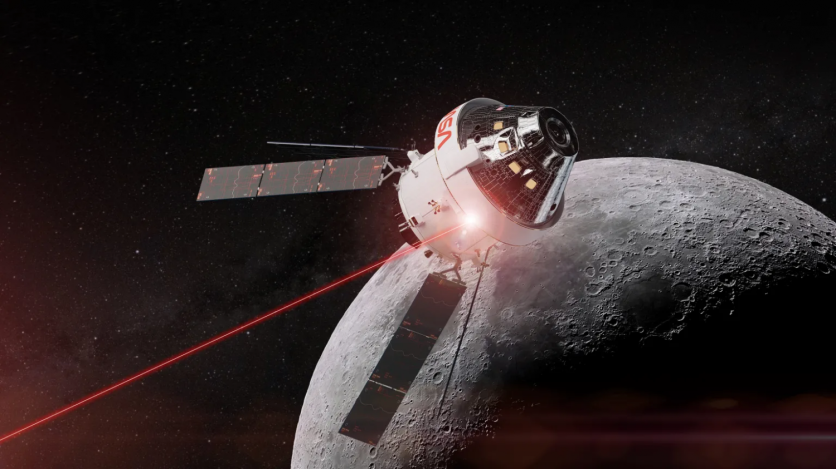NASA is currently eyeing the creation of advanced, scalable, and affordable laser communications systems with the help of small businesses and private industry partners under Artemis.
According to NASA, this endeavor could enable greater exploration and discovery beyond our planet Earth.
"Laser communications, focusing on direct-to-Earth links, is a maturing technology that is essential for NASA to meet its future communications capacity and navigation needs. As we mature any technology, establishing and supporting a healthy domestic supply chain is vital," Dr. Jason Mitchell, director of SCaN's Advanced Communications and Navigation Technologies Division at NASA Headquarters in Washington, said in a statement.
"American small businesses play a key role in that chain, and our engagement with Fibertek Inc. is an example of this process," he added.

Laser Boost for NASA Space Missions
NASA emphasized the importance of laser or optical communications in space missions. Laser technologies are crucial in increasing data rates, and they can transmit and receive more information than traditional radio waves.
They can also offer 10 to 100 times higher data rates than the radio systems employed by space missions today. Hence, there is a need for space missions to find faster and more efficient ways to beam information back to our home planet.
NASA said that it takes around nine weeks to send a full map of Mars back to Earth with existing radio frequency systems, but lasers can potentially reduce this waiting time to just about nine days.
Read Also : Tricking Self-Driving Cars With Lasers Could Endanger Anyone Coming in its Way, New Study Says
The Basestation Optical Laser Terminal
To materialize the potential of laser systems, NASA's Space Communications and Navigation (SCaN) Program collaborated with small businesses to create a new piece of laser technology.
NASA calls this the Basestation Optical Laser Terminal, developed by Fibertek Inc., featuring a four-channel laser unit that facilitates the transmission of high-power communications to the moon for the Artemis II flight test.
This new technology could be crucial in NASA's ambitious goal of sending four astronauts to venture around the moon to kickstart long-term explorations to the lunar surface, Mars, and beyond.
During the Artemis II demonstration, laser communications will be deployed to transmit high-definition images and video of the lunar region to two ground stations, with one located at NASA's Goddard Space Flight Center in Greenbelt, Maryland.
The station is called the Low-Cost Optical Terminal, a 27-inch telescope primarily created from commercial off-the-shelf components.
It is also worth noting that the laser tech was already integrated into the space agency's low-cost terminal ground station as early as September 2023 and was already successfully tested NASA said the low-cost terminal will eventually function as a blueprint for future ground stations.
"NASA's investment in the development of this technology is a win-win-win for the agency and Fibertek, as well as any other future system integrators or developers that want to use laser communications technology," said Nang Pham, SCaN small business project manager at NASA Glenn.
Related Article : NASA's James Webb Space Telescope Discovers Signs of Possible Aurorae in Extremely Cold Brown Dwarf

ⓒ 2025 TECHTIMES.com All rights reserved. Do not reproduce without permission.




